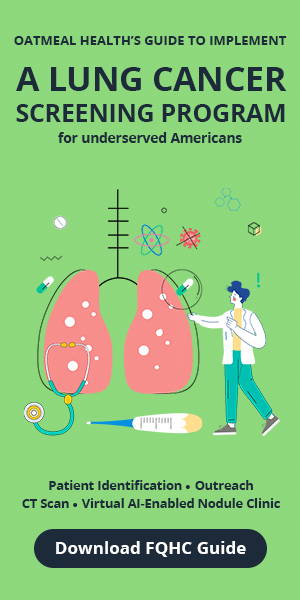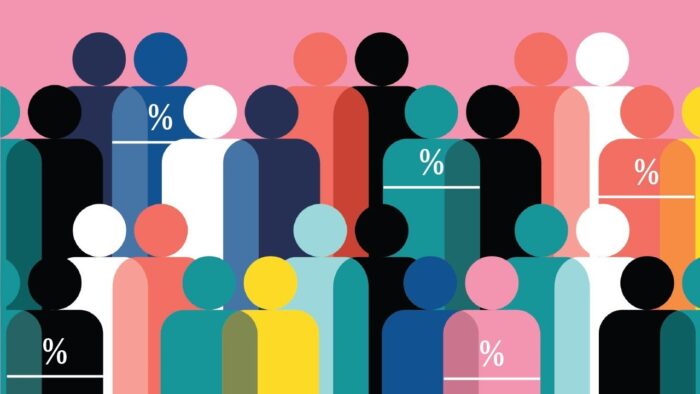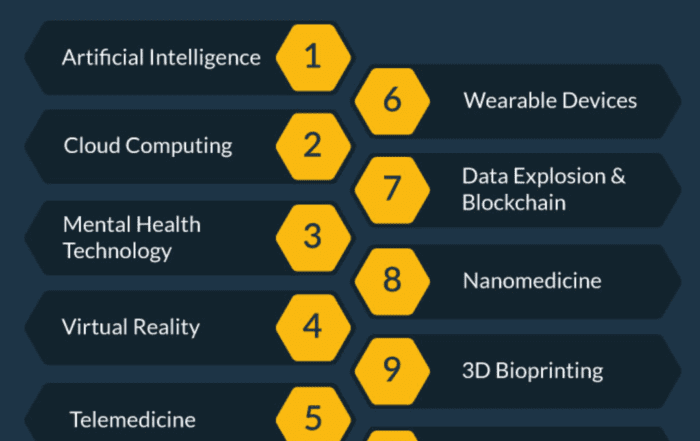Share this article and save a life!
Clinical Question
Is screening for lung cancer with low-dose chest computed tomography (CT) cost-effective in high-risk persons?
Bottom Line
The U.S. Preventive Services Task Force (USPSTF) gave lung cancer screening a B recommendation on the basis of the reductions in disease-specific mortality and all-cause mortality seen in the National Lung Screening Trial (NLST). The NLST does not consider cost or cost-effectiveness in its recommendations. This cost-effectiveness analysis suggests that screening is most cost-effective for current smokers, for patients in their 60s, and for those who are at higher risk of lung cancer. (Level of Evidence = 1b)
Synopsis
The USPSTF recently gave screening for lung cancer using low-dose chest CT a B recommendation, largely on the basis of the results of the NLST, which found a number needed to screen of 320 to prevent one lung cancer death. This recommendation has not been without controversy. If the screening is poorly implemented (e.g., with higher rates of biopsy or higher rates of surgical complications or mortality than in the original trial), the net benefit may not be preserved. This study looks at the cost-effectiveness of lung cancer screening using standard methods, including a societal perspective and a thoughtful sensitivity analysis. The authors compared three strategies (no screening, screening using chest radiographs, and screening using low-dose chest CT) and two-time horizons (lifetime or within the period of the study only). Outcomes were expressed as dollars per life-year and dollars per quality-adjusted life year (QALY).
This was a well-done analysis overall. The researchers found that using the base case assumptions (essentially modeling the NLST), lung cancer screening costs $52,000 per additional life-year and $81,000 per additional QALY. The screening was most cost-effective for patients 60 to 69 years of age and less effective for those 55 to 59 and 70 to 74 years of age. It was only cost-effective for current smokers ($43,000 per QALY) and not at all for former smokers ($615,000 per QALY). Not surprisingly, it was also much more cost-effective for higher-risk patients within the trial (especially the top two quintiles of risk). They tested a number of assumptions and found that the cost-effectiveness was sensitive to the cost of the CT scan ($56,000 per QALY if the CT cost $100 vs. $110,000 per QALY if the CT cost $500), the cost of surgery, and the rate of survival for stage 1a non–small-cell lung cancers. A particular concern regarding the implementation of the NLST in the community setting is that the rate of surgical mortality was low in the NLST (1.2%). However, the cost-effectiveness was not highly sensitive to surgical mortality, with $79,000 per QALY if it was 0.0% and $96,000 per QALY if it was 8.0%.
Study design: Cost-effective analysis
Funding source: Government
Setting: Population-based
Reference: Black WC, Gareen IF, Soneji SS, et al.; National Lung Screening Trial Research Team. Cost-effectiveness of CT screening in the National Lung Screening Trial. N Engl J Med.. 2014; 371( 19): 1793– 1802.
Share this article and save a life!
Author:

Jonathan is a seasoned executive with a proven track record in founding and scaling digital health and technology companies. He co-founded Oatmeal Health, a tech-enabled Cancer Screening as a Service for Underrepresented patients of FQHCs and health plans, starting with lung cancer. With a strong background in engineering, partnerships, and product development, Jonathan is recognized as a leader in the industry.
Govette has dedicated his professional life to enhancing the well-being of marginalized populations. To achieve this, he has established frameworks for initiatives aimed at promoting health equity among underprivileged communities.




